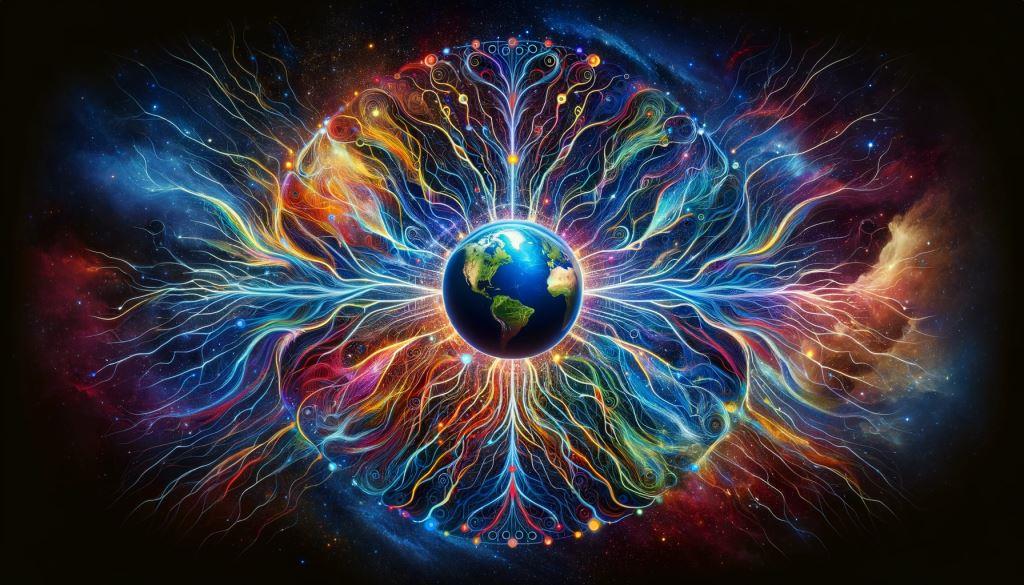...Insights from "Consciousness and the Brain" by Stanislas Dehaene.
Have you ever found yourself pondering the enigmatic workings of consciousness? How do we transition from unconscious processing to conscious awareness, and what mechanisms govern this remarkable phenomenon? These questions lie at the forefront of modern neuroscience, and Stanislas Dehaene's groundbreaking book "Consciousness and the Brain" offers a captivating exploration of the intricate mechanisms underlying our conscious experience.
1. Unconscious Processing: Dehaene illuminates the vast realm of unconscious mental activity that silently unfolds within our brains. Behind the curtain of conscious awareness, an elaborate network of neurons tirelessly processes sensory input, retrieves memories, and executes decisions. This unconscious processing forms the foundation upon which our conscious experiences are built, shaping our perceptions and guiding our actions in subtle yet profound ways.
2. Global Workspace Theory: Central to Dehaene's framework is the Global Workspace Theory, a compelling model that seeks to elucidate the emergence of consciousness from the complex interplay of neural activity. According to this theory, certain neural circuits serve as a "global workspace," acting as conduits for the integration and dissemination of information across disparate brain regions. Through this intricate network, selected stimuli gain privileged access to our conscious awareness, while others remain relegated to the shadows of the unconscious mind.
3. Neuronal Workspace: At the heart of the neural machinery underlying consciousness lie key brain regions such as the prefrontal cortex and parietal cortex. These regions serve as dynamic hubs within the neuronal workspace, orchestrating the integration of sensory information and the execution of cognitive processes. By modulating the flow of neural activity, these regions play a pivotal role in determining which stimuli reach the threshold for conscious perception, shaping our subjective experience of the world.
4. Threshold for Consciousness: Conscious awareness is not a dichotomous state but rather exists along a continuum, contingent upon the level of neural activity in specific brain regions. Stimuli that surpass a certain threshold of activation are granted entry into our conscious awareness, while others remain confined to the realm of the unconscious. This dynamic interplay between neural activity and conscious perception underscores the nuanced nature of our conscious experience, wherein subtle shifts in neural dynamics can profoundly alter our perception of reality.
5. Attention and Consciousness: The symbiotic relationship between attention and consciousness lies at the crux of our cognitive architecture. Attentional mechanisms serve as gatekeepers, selectively directing our focus towards salient stimuli while filtering out irrelevant distractions. By prioritizing relevant information for conscious processing, attention plays a fundamental role in shaping the contents of our conscious awareness, guiding our interactions with the external world.
6. Levels of Consciousness: Consciousness encompasses a spectrum of states, ranging from moments of heightened clarity and vividness to periods of diminished awareness and lucidity. Factors such as arousal, attention, and contextual cues exert a profound influence on the richness and intensity of our conscious experiences, imbuing each moment with its unique texture and significance. This dynamic interplay between neural dynamics and subjective experience underscores the fluid nature of consciousness, wherein our perceptual reality is continuously shaped and reshaped by a myriad of internal and external factors.
7. Neural Correlates of Consciousness: Across the landscape of modern neuroscience, researchers strive to unravel the intricate neural signatures associated with consciousness. Through a myriad of sophisticated techniques ranging from neuroimaging to electrophysiology, scientists endeavor to elucidate the neural mechanisms underpinning our conscious experience. By identifying the neural correlates of consciousness, researchers aim to shed light on the fundamental principles governing our subjective experience of the world, paving the way for a deeper understanding of the mysteries of the human mind.
In "Consciousness and the Brain," Stanislas Dehaene offers a captivating journey into the heart of consciousness, unraveling the enigmatic workings of the human mind with clarity and insight. By delving into the complex interplay of neural processes that give rise to our conscious experience, this seminal work opens new avenues for exploration and discovery, inviting readers to embark on a profound quest to unlock the mysteries of consciousness.

Comments
Post a Comment